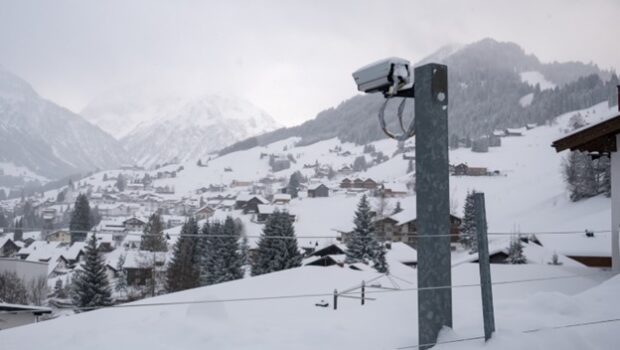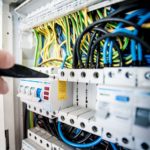Selecting the Best Outdoor Weather Camera
Cameras will make you safer because they can act as 24-hour surveillance or monitor an entire city when needed, and this includes the weather. The best ones can provide you with reports about ice and snow, and they can be customizable and provide location-specific forecasts.
It’s especially important for pilots, who need to check the weather and perform pre-flight inspections before their schedules. They would want to gather relevant information about what to expect during the day, and this is also going to be helpful with homeowners who want to record snow lapse accumulation and want a more reliable way of monitoring the weather.
So, regardless of whether you’re an enthusiast or simply curious about the various forces of nature, you might want to know the features and benefits of an outdoor weather camera and see what kind of advancements they hold.
What are your Best Options?
Better Visibility
Save a lot of resources on your materials, gas, and labor when you begin to set up the cameras at your primary intersection spaces, parking lots, and everywhere that can provide you with extra sets of eyes. This can only take around 15 minutes, and you can connect to existing utility poles, walls, and other infrastructure.
App accounts can come from these devices, where several users can see the information that’s being fed by the cameras. For those who want to report the severe thunderstorms that they are experiencing, it’s best if they can show live footage of what’s happening instead of simply describing the weather to their friends and families.
A challenge that can arise with the weather cams is also the sound quality. The best ones can provide you with clearer sounds, and you can also engage with social media users and get more shares from a larger audience when you’re making them aware of a severe storm that you can find out more about on this page.
Makes the Community More United
If the places are going to receive rainfall that’s going to result in floods, you might want to have an HD capture of what’s going on to prompt the viewers to take action. Everyone can warn everybody else who might not be tuned up to the news to evacuate if needed. Also, you wouldn’t have to be in the area itself if there’s a threat of hail, lightning, or storm surges, so they are essentially safer.
Other Advantages to Know
The best cameras are going to provide you with more valuable insights, and real-time data are going to provide insights to meteorologists, astronauts, and researchers who are well-invested in tracking what’s going on outside. They can capture visual evidence of changing weather conditions. While traditional instruments provide numerical data, cameras offer a more comprehensive view by recording actual images or videos. This visual documentation allows experts to analyze cloud formations, precipitation patterns, wind speeds, and other variables with greater accuracy.
Also, they enable remote observation from practically anywhere. With advanced connectivity options like Wi-Fi or cellular networks, these devices can transmit data instantaneously to meteorological stations or online platforms. This accessibility not only saves time but also improves the overall efficiency of collecting and analyzing weather information.
You can expect them to be equipped with specialized sensors that can provide additional details about various atmospheric phenomena. For example, some models have built-in UV sensors that measure ultraviolet radiation levels alongside regular imaging capabilities. Others may include infrared technology for detecting temperature variations across different areas, and you can see more about UV at this link: https://www.sciencedirect.com/topics/medicine-and-dentistry/ultraviolet-radiation.
Moreover, using cameras for weather monitoring allows for effective visualization and communication of complex meteorological concepts to both professionals and the general public alike. By capturing captivating images or videos of extreme weather events such as storms or tornadoes, cameras help raise awareness about climate change while enhancing educational initiatives related to meteorology.
Features to Consider
When it comes to choosing a weather monitoring camera, there are several features that you should consider. These features will ensure that the camera is suitable for your specific needs and provides accurate and reliable data.
You need to consider the resolution of the camera. A higher resolution allows for clearer images and better visibility of weather conditions. Look for cameras with at least 1080p or even 4K resolution for optimal results.
Next, consider the lens type and focal length of the camera. Different lenses offer different fields of view, so choose one that suits your monitoring requirements. Wide-angle lenses are ideal for capturing large areas, while telephoto lenses can zoom in on specific details.
Another important feature is connectivity options. Ensure that the camera has Wi-Fi or Ethernet capabilities so that you can easily access live footage remotely or transmit data to a central system.
Select those with built-in sensors, such as temperature and humidity sensors. These additional sensors provide valuable environmental data along with visual imagery. Consider the durability and weatherproofing of the camera. It’s crucial to choose a model specifically designed to withstand harsh outdoor elements such as rain, wind, and extreme temperatures.











